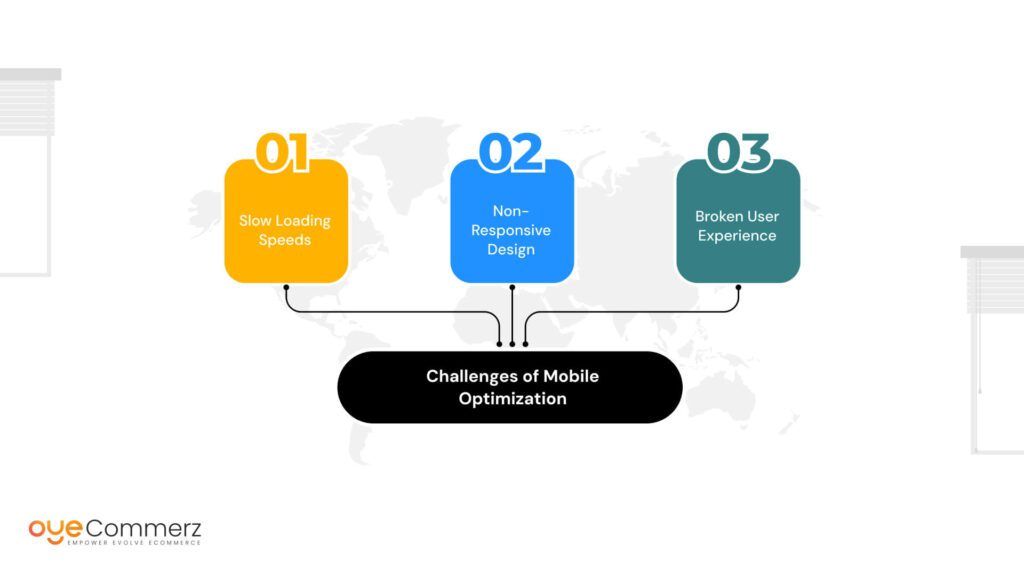In the current digital environment, selecting the appropriate e-commerce platform is essential for business success. If you're currently utilizing Wix but are considering a move to Shopify, you are in good company. Numerous businesses are migrating to Shopify to take advantage of its powerful capabilities, expandability, and specialized e-commerce tools. This guide will outline the migration process, guaranteeing a seamless move and preparing you for e-commerce success.
Why Switch from Wix to Shopify?
Before diving into the migration process, it's important to understand why Shopify could be a better choice for your e-commerce needs:
- Specialization: In contrast to Wix, which serves various website types, Shopify is engineered exclusively for e-commerce, offering sophisticated features and features optimized for online selling.
- Growth Potential: As your company grows, Shopify can seamlessly handle higher visitor volumes and transactions capacity without compromising efficiency.
- Wide-ranging App Ecosystem: Shopify offers a vast library of apps that can boost your store's capabilities, from marketing tools to stock control solutions.
- SEO Capabilities: Shopify provides better SEO tools, which can help boosting your store’s presence on search engines.
- Payment Options: With multiple transaction platforms available, including Shopify Payments, you can offer shoppers a wide range of payment methods.
Preparing for Migration
To guarantee a smooth migration from Wix to Shopify, adhere to these preparation steps:
1. Backup Your Data
Export all your data from Wix, including product details, customer information, and transaction logs. This step is crucial as it ensures you have a copy of everything before initiating the migration.
2. Choose Your Shopify Plan
Evaluate the different Shopify plans available and select one that best suits your business requirements. Take into account factors such as transaction fees, built-in tools, and scalability options.
3. Set Up Your Shopify Account
Register your Shopify profile and familiarize yourself with the platform’s interface and features.
The Migration Process
Now that you are prepared, it’s time to migrate your store from Wix to Shopify. Here’s how:
1. Import Products
Utilize Shopify's integrated migration utility or external migration apps like Cart2Cart or LitExtension to move your items from Wix to Shopify.
Make sure that item details, pictures, costs, and options are accurately imported.
2. Migrate Client Information
Import client details such as names and contact info into your new Shopify store. This step is critical for maintaining customer relationships and marketing efforts.
3. Configure Transactions
Configure transaction methods in your Shopify store to guarantee seamless transactions. You can select from various platforms like credit cards, PayPal, and more.
4. Customize Your Store Design
Choose a design that reflects your brand identity. Customize it using Shopify's customization options to create an appealing and intuitive store layout.
5. Search Engine Optimization
Implement SEO best practices during the migration process:
- Configure 301 redirects from old Wix URLs to new Shopify URLs.
- Optimize product titles, details, and images with relevant keywords.
- Update meta tags and alt texts for improved search engine visibility.
Post-Migration Steps
Once your store is active on Shopify, follow these post-migration steps:
1. Check Your Website
Conduct comprehensive testing of your new store:
- Check product pages for accuracy.
- Test payment processes.
- Make sure all links work correctly.
2. Promote Your Store
Broadcast your new store launch through email newsletters and social media channels.
Think about running promotions or discounts to draw customers.
3. Monitor Performance
Use analytics tools within Shopify to track revenue growth E-commerce growth and user activity.
Adjust your strategies based on performance analytics.
Conclusion
Migrating from Wix to Shopify can substantially enhance your e-commerce potential and lay the foundation for growth and success. By adhering to this guide and taking a systematic approach to the migration process, you can ensure a seamless transition that reduces downtime and maximizes opportunities for sales. Importance of SEO in Shopify Welcome the change and watch your online business thrive on its new platform!
